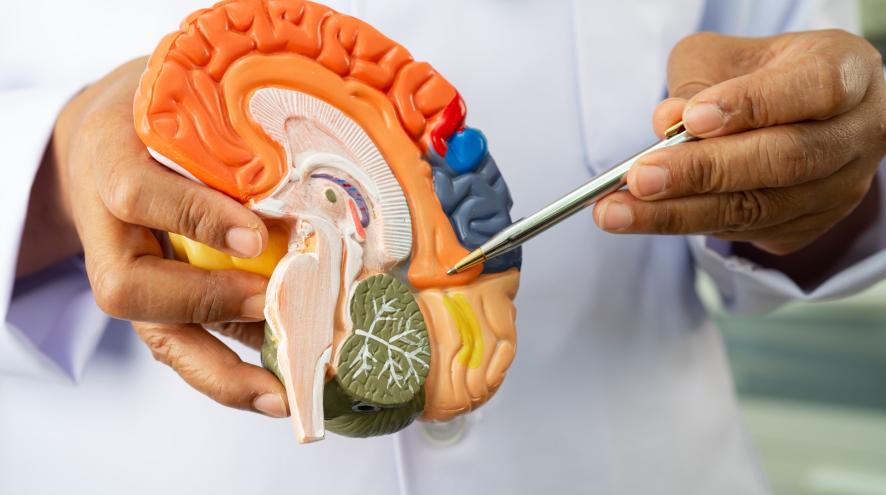LATE-NC
Limbic-predominant age-related TDP-43 encephalopathy (or LATE-NC) is the most recently identified form of dementia, noted for its close similarity to Alzheimer’s disease. Here's what we know about it so far.

Read our full statement on limbic-predominant aged-related TDP-43 encephalopathy (LATE-NC).
Overview
On April 30, 2019, a study was published in Brain, a journal of neurology. According to this study, researchers reported that a protein called TDP-43 is linked to a newly identified form of dementia.
This dementia has been given the name limbic-predominant age-related TDP-43 encephalopathy, or LATE-NC.
As a recently discovered disease, there is still plenty we don't know about this type of dementia. As more studies examine LATE-NC, we'll report any new updates on this page.
Symptoms
In a healthy brain, the protein TDP-43 helps to create other proteins that are in your body. However, in LATE-NC, TDP-43 accumulates into clumps in an area in the brain called the limbic system. This negatively affects learning, memory and emotion, resembling symptoms of Alzheimer’s disease, the most common form of dementia.
This suggests that people may exhibit symptoms mirroring those of Alzheimer’s disease but they may not experience the same changes to the brain caused by the disease.
Diagnosis
Currently, LATE-NC cannot be diagnosed with standard tests. Because people are typically diagnosed with certain types of dementia based on the symptoms they experience, LATE-NC will not be easily distinguished from Alzheimer’s disease due to overlapping symptoms.
Further research is required to improve diagnosis through identifying the different diseases that can lead to dementia, including LATE-NC. Investigators are currently trying to understand how to identify and diagnose LATE-NC clinically.
Treatment
As LATE-NC was only just recently discovered, there is no available treatment at this time.
However, the discovery of LATE-NC shows the importance of acknowledging the different types of dementia and their complexity. The Alzheimer Society is hopeful that these new findings will pave the way to new treatments that target different forms of dementia.
